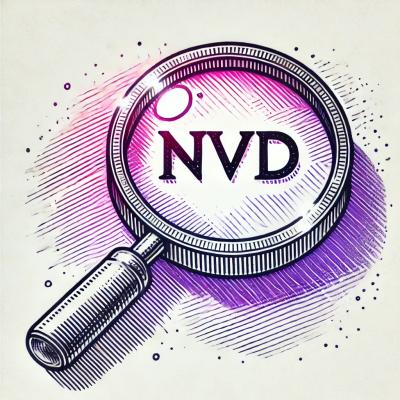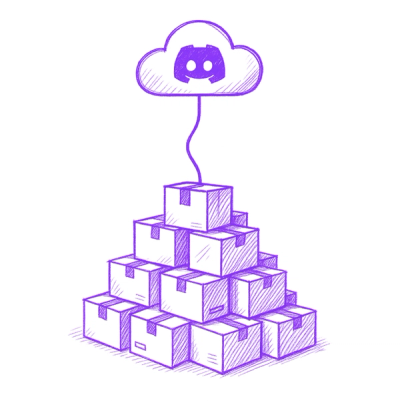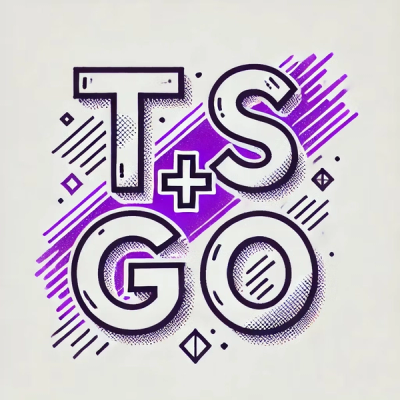
Security News
NIST Under Federal Audit for NVD Processing Backlog and Delays
As vulnerability data bottlenecks grow, the federal government is formally investigating NIST’s handling of the National Vulnerability Database.
The reader project allows the reading of Kuva Space products from any part of its processing chain.
The Kuva Space images are in GeoTIFF format. The products consist of an image or multiple images along with its metadata to give all the necessary information to use the products. The metadata lives either in a Kuva Space database, or alternatively in a sidecar JSON file.
This library allows the reading of the image GeoTIFFs into xarray.Dataset objects that
allow convenient raster manipulations, along with their kuva-metadata metadata objects.
pip install kuva-reader
Python 3.10 to 3.13, preferably within a virtual environment
This is a minimal example that allows you to read and print the image shape of a L2 product.
The result product is in this case an L2A product (as seen from the folder name).
The loaded product is stored in a rioxarray object, which contains extensive GIS functionalities (examples for usage).
from kuva_reader import read_product
l2a_product = read_product("my_data_folder/hyperfield1a_L2A_20250105T092548")
print(l2a_product) # Will show some main information such as image shape and CRS
This assumes a mostly untouched folder after distributing. Otherwise, you may need to read the product manually based on the product processing level:
from kuva_reader import Level2AProduct
l2a_product = Level2AProduct("your/l2a/folder")
The actual raster image is stored and can be analysed in product.image, while metadata
information of the product is in product.metadata.
Currently the reader supports the following processing levels for Kuva products:
All images generated by Kuva Space should have the following special tags added to the geotiff metadata.
_KUVA_PRODUCT_LEVEL: A string, e.g, "0" describing the level of the product._KUVA_PRODUCT_ID: The id on the database for the product associated with the geotiff.This makes it very easy to pinpoint what product we are dealing with and works around the issue that our images are not a monolithic entity but rather just folders that can be messed with.
Please follow the guidelines in CONTRIBUTING.md.
Also, please follow our Code of Conduct while discussing in the issues and pull requests.
For questions or support, please open an issue. If you have been given a support contact, feel free to send them an email explaining your issue.
The kuva-reader project software is under the MIT license.
FAQs
Manipulate the Kuva Space image and metadata formats
We found that kuva-reader demonstrated a healthy version release cadence and project activity because the last version was released less than a year ago. It has 1 open source maintainer collaborating on the project.
Did you know?

Socket for GitHub automatically highlights issues in each pull request and monitors the health of all your open source dependencies. Discover the contents of your packages and block harmful activity before you install or update your dependencies.

Security News
As vulnerability data bottlenecks grow, the federal government is formally investigating NIST’s handling of the National Vulnerability Database.

Research
Security News
Socket’s Threat Research Team has uncovered 60 npm packages using post-install scripts to silently exfiltrate hostnames, IP addresses, DNS servers, and user directories to a Discord-controlled endpoint.

Security News
TypeScript Native Previews offers a 10x faster Go-based compiler, now available on npm for public testing with early editor and language support.